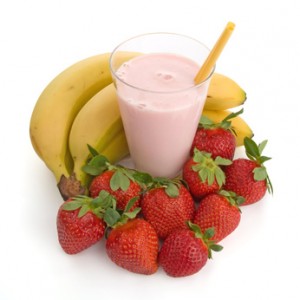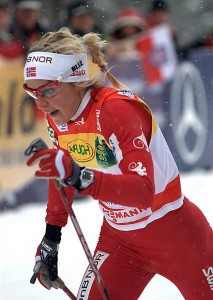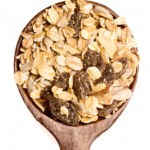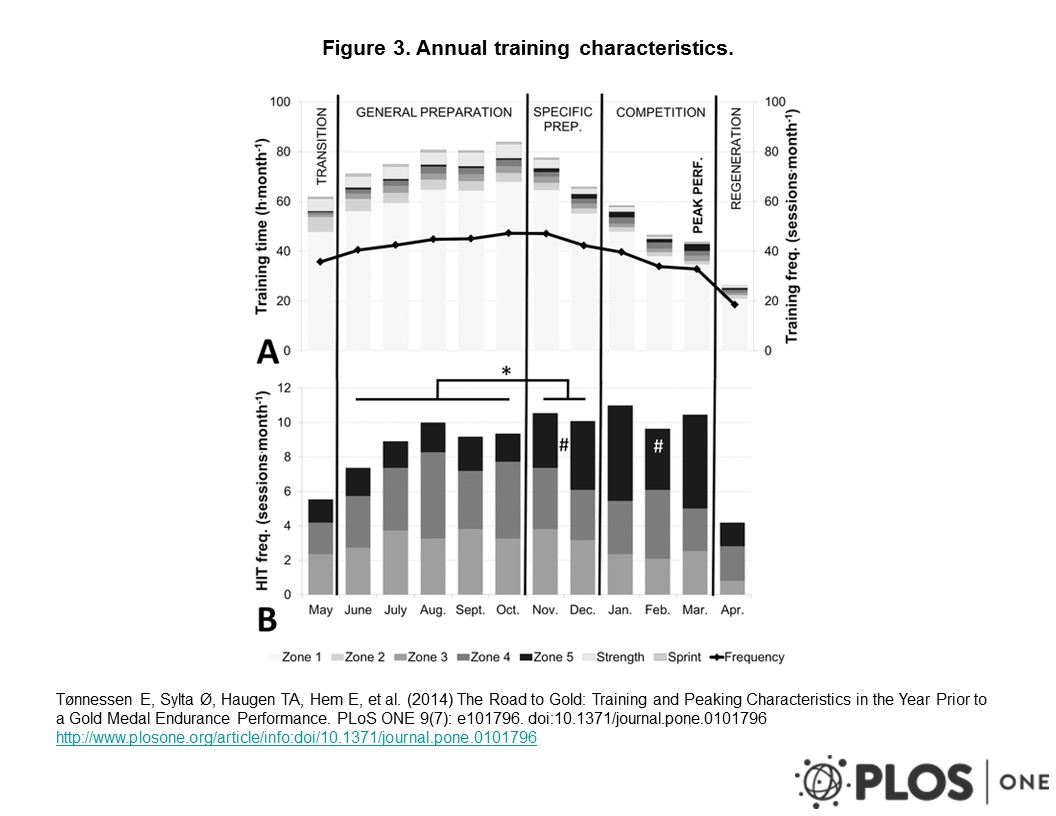This week, read about how your environment can influence physical activity levels, a comparison of protein bars vs whole foods, the training of Olympic and world champion endurance athletes, a great muesli recipe, and more.
Being Close to Traffic-Free Routes Encourages Physical Activity
 If you build it, will they come? Many studies have suggested that an individual’s environment influences their level of physical activity. For example, residents of neighborhoods with poor access to parks engage in less physical activity.
If you build it, will they come? Many studies have suggested that an individual’s environment influences their level of physical activity. For example, residents of neighborhoods with poor access to parks engage in less physical activity.
Researchers from the University of Cambridge studied this environment-activity link in a community that built new traffic-free cycling and walking routes. They found that the new routes encouraged local people to become more active: residents living 1 km from the new routes increased their time spent walking and cycling by an average of 45 minutes/wk more than those living 4 km away. (American Journal of Public Health, July 2014)
Although some might think the relationship between environment and increased activity is obvious, studies like these provide the necessary data for community groups, policy makers, and local governments to make decisions, allocate funds, and provide more insight into the issue. For example, in this study, researchers found that it took 2 years for residents to increase their activity levels, showing that the benefits of this sort of investment may not be immediate.
 Protein Bars vs Whole Foods
Protein Bars vs Whole Foods
Tanya Haliday (RD, PhD Student in sports science) has a great post comparing protein bars to real food. She includes pictures, nutrient information, and advice that should be enough to convince you that real food is often the winner. Protein bars and energy bars are convenient and can play a role in an athlete’s diet: for example, traveling, training camps, and races are often times for the convenience of energy bars, since it can be more difficult to have a supply of fresh food close by to refuel your working muscles.
If you want to read more about energy bars and good options for real-food alternatives, read my column here.
 How do Olympic Endurance Athletes Train?
How do Olympic Endurance Athletes Train?
It’s rare to find out the details of the training and peaking of champion athletes. But a recent study by Norwegian researchers provides much insight into the day-to-day training of Olympic or World Championship medal-winning Norwegian cross country skiers and biathletes.
In their article “The Road to Gold: Training and Peaking Characteristics in the Year Prior to a Gold Medal Endurance Performance” the authors present training data for Olympic and World champion XC skiers and biathletes in the year before their most successful competition. They analyzed information from the athlete’s training diaries, where athletes recorded details on total training time distributed across training form (strength, endurance, sprint), activity (skiing, roller-skiing, running, cycling, etc.), and intensity zone, as well as specific comments regarding session details (you’ll find a similar diary on Sportlog, popular with Canadian XC skiers). (PlosOne July 2014).
The paper is impressive in its detail, and includes many informative figures. Here is an example.
 Muesli for Breakfast . . .
Muesli for Breakfast . . .
Here’s a simple and nutritious way to serve oats. It’s a variation of the traditional Swiss breakfast food developed around 1900 by Swiss physician Maximilian Bircher-Benner for patients in his hospital (the Bircher-Benner Clinic).
More links of interest this week:
- Winning overrated – study shows kids stay in sports because of fun http://goo.gl/IHx5GQ
- Train Like a German Soccer Star->insight & good exercises from their American trainer @MarkVerstegen http://goo.gl/a2AUmW
- Eat And Drink Away Sore Muscles http://goo.gl/9DGknv. (Some good advice by Matt Fitzgerald).
- Save money & energy (in winter, at least . . .) and benefit your health! Cooler bedroom temps can benefit metabolism, improve insulin sensitivity http://goo.gl/lZTFkb
- Nice explanation of lactate & lactate threshold http://goo.gl/dexM3q
- Thinking about switching to almond milk? http://goo.gl/Lef4Q8
- Drugs are RARELY better than exercise and/or therapy. Here, anti-anxiety side effects incrase risk for mortality. http://feedly.com/e/2GV6XOa5
- Much needed nutrition label revision gets positive reaction: what’s proposed & expert opinion: http://goo.gl/9QATdg
- Can exercise cause headaches? http://goo.gl/Xk3WAZ
- Stretching: An exercise in nothingness? Good look at current evidence http://goo.gl/hpd1cl
- 1/3 of Alzheimer’s cases attributed to modifiable risk factors; physical activity key factor http://goo.gl/QlOqQF
- HighFat/LowCarb diets don’t improve performance.
- Athletes can be trained to push through pain http://goo.gl/awla4X PlosOne study->http://goo.gl/PY8Jsv
- Athletes can be trained to push through pain http://goo.gl/awla4X PlosOne study->http://goo.gl/PY8Jsv
- Meet the medical student who wants to bring down Dr. Oz http://goo.gl/3Tdhjk
- Downhill mountain bike performance influenced by (in order) by rider skill, handgrip endurance, self-confidence & aerobic capacity http://goo.gl/jmwBsK (I have 2 out of 4 attributes – need to work on skill & confidence!)
See More Issues of This Week in Food, Health, and Fitness
______________
- Bike Path Photo by By Alanroseman (Own work) [CC-BY-SA-3.0] , via Wikimedia Commons
- Therese Johaug Photo By Iso76 (Own work) [CC-BY-SA-3.0], via Wikimedia Commons Iso76/ CC BY-SA 3.0
